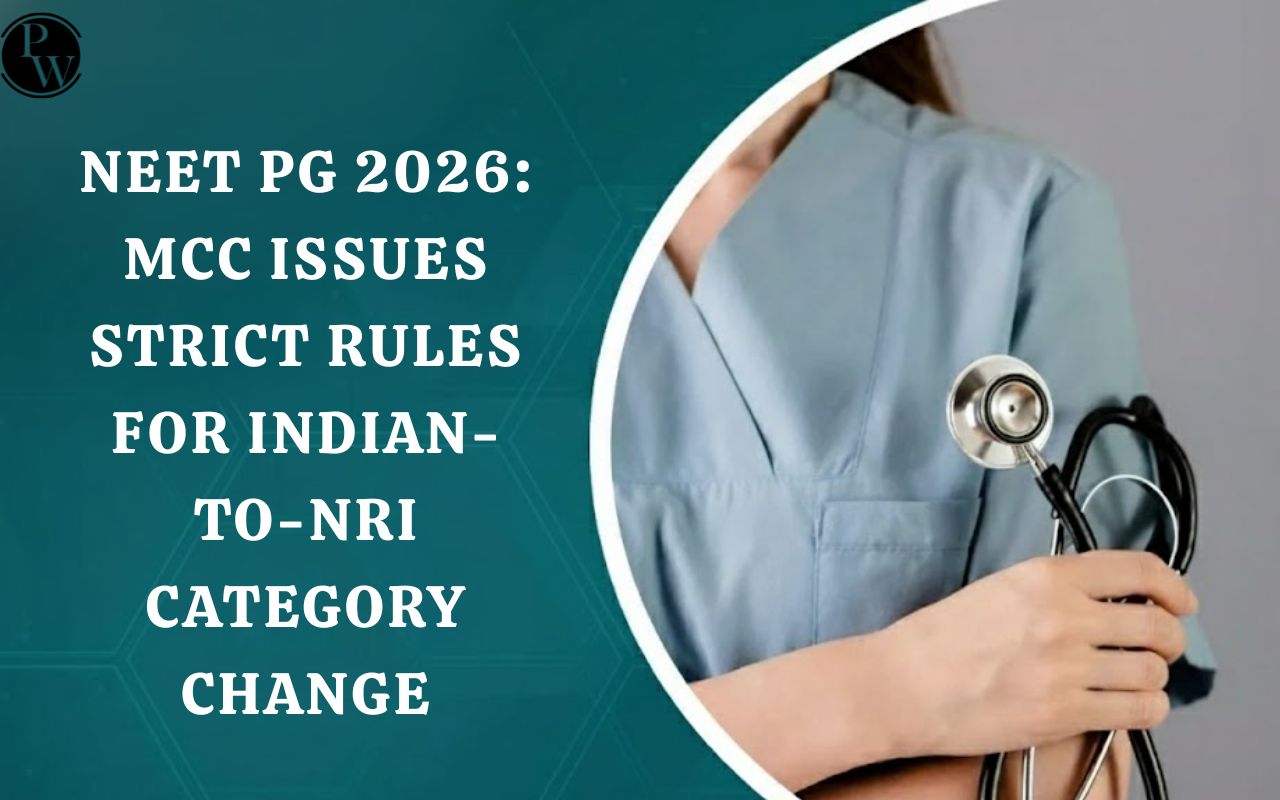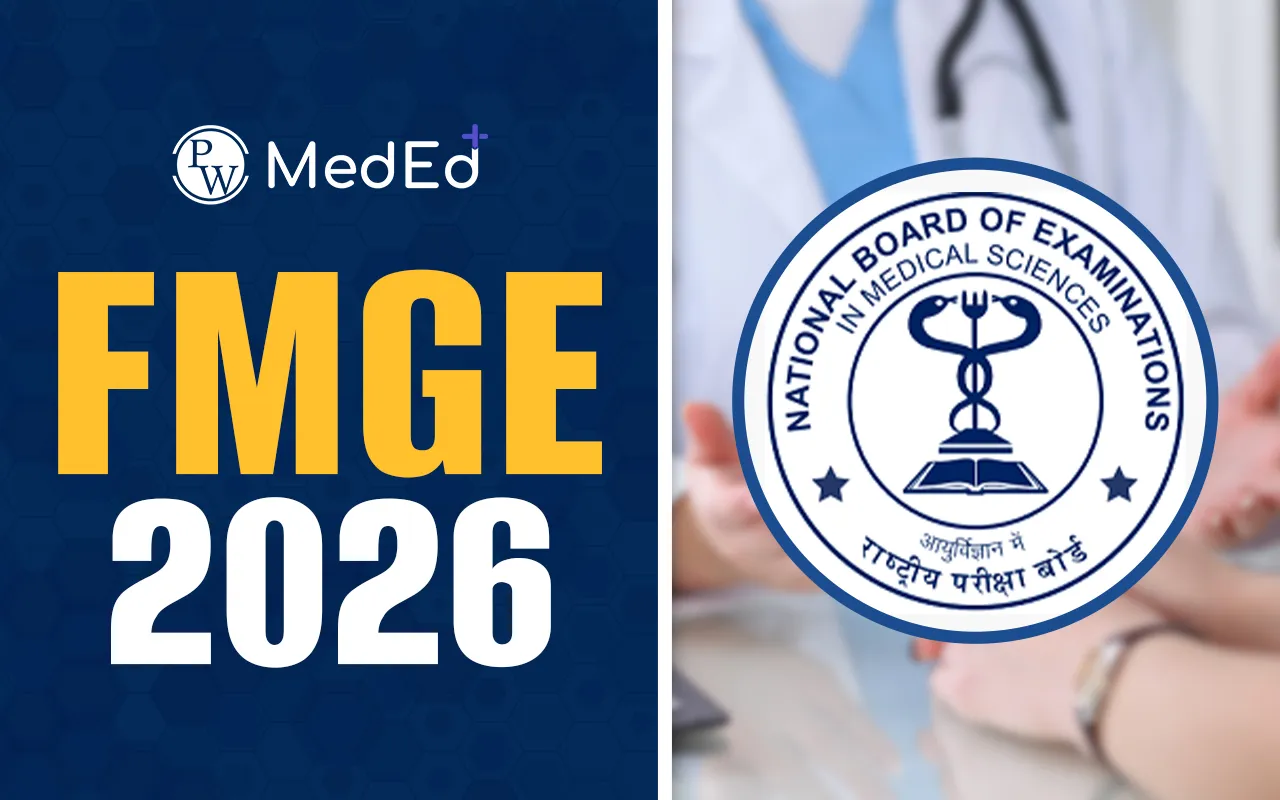
Infertility is defined as the condition of not being able to conceive after having frequent, unprotected intercourse with most couples for at least a year. A combination of factors or health problems of either of the partners can impede pregnancy and could lead to infertility. Couples can increase their chances of having a baby with several safe and efficient treatment procedures that effectively handle the underlying reasons for infertility.
What is Infertility?
A disorder of the reproductive system that prevents people from becoming pregnant is known as infertility. Anyone can experience infertility, which is a result of numerous factors. After a year of regular, unprotected intercourse, if someone below 35 years old is not able to conceive, a healthcare professional may diagnose infertility . If you are over 35 years old and have attempted to conceive for six months without getting results, then the doctor may start diagnosing infertility treatments.Causes of Infertility
Infertility can have a variety of causes, and sometimes, there are no clear-cut explanations for not being able to conceive. Specific reasons for infertility might originate from one partner, while others might come from both. The leading cause is the improper ovulation and fertilization processes that prevent conception from happening in the usual way. Only a specialist healthcare professional can advise on identifying the cause and determining the optimum course of treatment.Causes of Male Infertility
The male partner may cause infertility due to the following reasons:- Low sperm count and quality : Some conditions may impact sperm production or quality. Genetic flaws, hormone issues, and some illnesses might be the causes. HIV, gonorrhoea, mumps, and chlamydia are among the infections that can affect sperm production. Enlarged veins in the scrotum may impact sperm quality.
- Sperm fails to reach the female reproductive tract . The issues preventing sperm from entering the female reproductive system may include sexual abnormalities like erectile dysfunction and early ejaculation, hereditary diseases like cystic fibrosis, and physical concerns like testicular obstruction or damage to the reproductive organs.
- Environmental factors: Exposure to radiation, toxins, or pesticides can impact fertility. Antidepressants, blood pressure boosters, and antibiotics can also cure bacterial infections. Additionally, frequent exposure to heat, such as in saunas or hot baths, can hamper the testicles' capacity to produce sperm.
- Harm resulting from cancer treatments : Radiation and chemotherapy for cancer can have an impact on sperm production.
Causes of Female Infertility
Problems in females that cause infertility are mostly related to ovulation and fertilization. A few other causes of female infertility are mentioned below:- Ovulation problem: Several health issues influence the ability of the ovaries to release eggs. Among them are hormonal problems like polycystic ovarian syndrome. Irregular menstruation can result from either hypothyroidism, an insufficient thyroid hormone, or hyperthyroidism, an excess of the hormone. Tumors, eating disorders, and excessive exercise are possible additional underlying reasons.
- Uterus conditions: These include growths known as uterine polyps, irregularities in the uterus's structure, or abnormalities with the cervix, the lower end of the uterus. Infertility can also result from uterine fibroids in the uterine wall.
- Fallopian tube blockage : Fertilization may be hindered due to blockage in the fallopian tube. Pelvic inflammatory disease, an infection of the female reproductive system, can also result in problems due to an enlargement of the fallopian tube.
- Endometriosis: Tissues similar to the uterus's inner lining also grow outside the uterus and might impact the uterus, fallopian tubes, and ovaries' functionality.
- Primary ovarian insufficiency is the issue of the termination of menstrual periods before age 40 due to the ovaries not functioning correctly. Some immune system disorders, genetic disorders, and chemotherapy or radiation therapy are associated with this problem.
- Adhesions in the Pelvis : Organs are bound together by these bands of scar tissue. They may develop following surgery on the abdomen or pelvis, endometriosis, appendicitis, or a pelvic infection.
- Cancer and its management : Several malignancies frequently lower female fertility by affecting reproductive organs. Additionally, chemotherapy and radiation may have an impact on fertility.
Risk Factors for Infertility
There are many risk factors involved in infertility in men and women. Some of them are:- Age: Women's fertility gradually decreases, particularly around the mid-30s. After age 37, it rapidly declines. Older women who are infertile most typically have fewer and lower-quality eggs, or they may have health issues that impact fertility. Males over 40 are less fertile than younger men.
- Tobacco use : Both partners' tobacco use may reduce the likelihood of getting pregnant. Smoking increases the chance of miscarriages in women. Additionally, smoking increases a man's risk of poor sperm count and dysfunction of reproductive organs.
- Consuming alcohol : There is no safe level of alcohol consumption, either before or during their pregnancies. Alcohol may cause infertility. Men who drink excessively may have fewer sperm and less motile sperm.
- Problem with being overweight: A sedentary lifestyle and being overweight or obese may increase the risk of infertility.. Lower-quality semen is associated with obesity.
- Being underweight: A person's ability to conceive is compromised when suffering from eating disorders. A very low-calorie or restricted diet might also lead to fertility issues.
Diagnosis of Infertility
The first step of diagnosis by a healthcare practitioner involves getting a complete medical and sexual history. For women, fertility entails the ovulation of healthy eggs. Your brain also must communicate with your ovary through hormonal signals. Finding a problem with any of these procedures is the aim of fertility testing.Diagnosis of Female Infertility
The tests mentioned below can be used to identify and diagnose the issues:- Examining the pelvis is done for any disease or structural issues.
- Blood test: A blood test can measure hormone levels to determine whether you are ovulating or whether hormonal imbalance is the cause.
- Transvaginal ultrasound : It will indicate any problems with the reproductive system.
- Hysteroscopy : inspection of the uterus by introducing a thin, lighted tube, or hysteroscope, into the vagina.
- SalineSonohysterogram (SIS ): The doctor performs a transvaginal ultrasound while your uterus is filled with sterile salt water.
- Sono Hysterosalpingogram (HSG ): To check for tubal obstructions, the doctor will inflate your fallopian tubes with saline and air bubbles during an SIS procedure.
- X-ray hysterosalpingogram (HSG ): By injecting a dye through your fallopian tubes, an X-ray takes pictures to examine obstructions.
- Laparoscopy: The doctor makes a tiny incision and inserts a narrow tube with a camera to view any damaged tissue, uterine fibroids, and endometriosis.
Diagnosis of Male Infertility
The tests mentioned below can be used to identify and diagnose the issues:- Semen analysis : This test looks for decreased sperm motility and counts in the semen.
- Blood test: A blood test can check thyroid and other hormone levels. Some specific blood tests also search for chromosomal abnormalities.
- Scrotal Ultrasound : This test detects varicoceles or other issues related to the testicles.
Treatment for Infertility
The treatment goals are to address the issues and ease the complications to improve the chances of conception . A treatment strategy depends on several criteria, including age, the general health of both partners, the length of time they have been trying to conceive, and their personal preferences. Sometimes, one person needs treatment, but other times, treatment involves both partners. The treatment approaches will differ for both men and women for obvious reasons.Infertility Treatment for Women
Treatments for infertility in women and those whose natal gender is feminine consist of:- Lifestyle changes : Women can increase their chances of getting pregnant by gaining or reducing weight, quitting smoking or drugs, and taking better care of other health issues.
- Medication: Fertility medications aim to release more eggs from the ovaries into the ovum, increasing your likelihood of becoming pregnant.
- Surgery: It can remove fibroids, polyps, or scar tissue and open blocked fallopian tubes.
Infertility Treatment for Men
Treatments for infertility in women and those whose natal gender is feminine consist of:- Medication: Medicines can increase the levels of reproductive hormones, including testosterone. There are medications for erectile dysfunction or other sexual disorders in men.
- Surgery: Some men require surgery to clear obstructions in the tubes that deliver sperm or to fix structural issues. Varicocele surgery can increase the chances of conception and enhance sperm health.
Other Fertility Treatments
Fertility treatments often utilize assisted reproductive technology (ART) to conceive, involving both partners . It entails the handling of the sperm or egg by a medical professional. A few of the procedures include:In vitro fertilization (IVF):
- In a lab, the sperm fertilizes the eggs, and then one to three fertilized eggs, or embryos, are placed into the uterus.
- Injectable sperm into the body (ICSI): This method complements in vitro fertilization (IVF), in which an embryologist injects one sperm into each egg.
- Intrauterine insemination (IUI): The sperm is inserted straight into the uterus using a long, thin tube.
Infertility FAQs
What proportion of infertility causes are due to both partners?
Studies indicate that about 33% of infertility causes are contributed by both partners.
How long can a sperm live in a female body?
Sperm can live within a female body for five to six days.
Does taking frequent baths in hot water impact infertility?
Some studies suggest that high temperatures can adversely affect sperm production and movement in men.
What are the primary functions of medicines used for female infertility?
The drugs used to treat female infertility function similarly to the body's natural hormones, which stimulate or control ovulation.
🔥 Trending Blogs
Talk to a counsellorHave doubts? Our support team will be happy to assist you!

Check out these Related Articles
Free Learning Resources
PW Books
Notes (Class 10-12)
PW Study Materials
Notes (Class 6-9)
Ncert Solutions
Govt Exams
Class 6th to 12th Online Courses
Govt Job Exams Courses
UPSC Coaching
Defence Exam Coaching
Gate Exam Coaching
Other Exams
Know about Physics Wallah
Physics Wallah is an Indian edtech platform that provides accessible & comprehensive learning experiences to students from Class 6th to postgraduate level. We also provide extensive NCERT solutions, sample paper, NEET, JEE Mains, BITSAT previous year papers & more such resources to students. Physics Wallah also caters to over 3.5 million registered students and over 78 lakh+ Youtube subscribers with 4.8 rating on its app.
We Stand Out because
We provide students with intensive courses with India’s qualified & experienced faculties & mentors. PW strives to make the learning experience comprehensive and accessible for students of all sections of society. We believe in empowering every single student who couldn't dream of a good career in engineering and medical field earlier.
Our Key Focus Areas
Physics Wallah's main focus is to make the learning experience as economical as possible for all students. With our affordable courses like Lakshya, Udaan and Arjuna and many others, we have been able to provide a platform for lakhs of aspirants. From providing Chemistry, Maths, Physics formula to giving e-books of eminent authors like RD Sharma, RS Aggarwal and Lakhmir Singh, PW focuses on every single student's need for preparation.
What Makes Us Different
Physics Wallah strives to develop a comprehensive pedagogical structure for students, where they get a state-of-the-art learning experience with study material and resources. Apart from catering students preparing for JEE Mains and NEET, PW also provides study material for each state board like Uttar Pradesh, Bihar, and others
Copyright © 2025 Physicswallah Limited All rights reserved.
Get App







